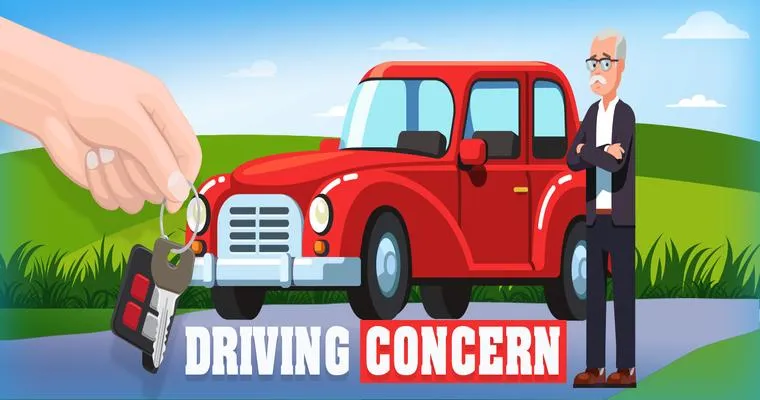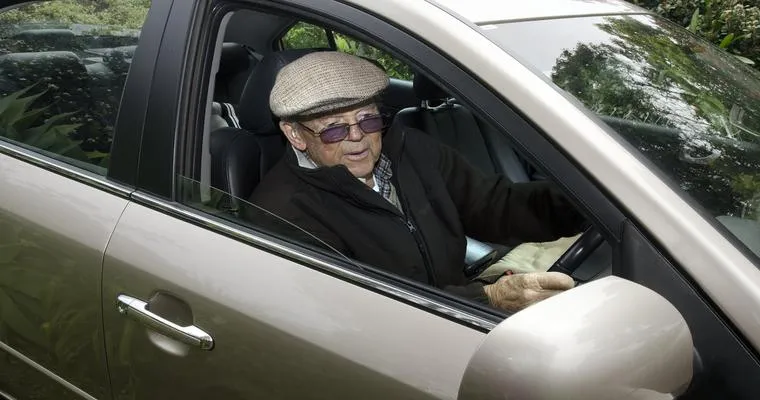As our loved ones age, they may face challenges that can compromise their "driving safety". It can be a difficult situation when a "senior" refuses to stop driving, despite signs that they may no longer be safe on the road. Taking the keys away from a senior can be an emotional and challenging process, but it is crucial for their safety and the safety of others. This article will provide insights and strategies on how to approach this sensitive topic effectively.
Understanding the Risks
The first step in addressing the issue is to understand the "risks associated with elderly driving". Age-related conditions such as diminished vision, slower reaction times, and cognitive decline can significantly impair a senior's ability to operate a vehicle safely. Statistics show that older adults are at a higher risk for accidents, making it essential to recognize when it is time for them to stop driving.
Recognizing Warning Signs
Before discussing the issue with your loved one, it is important to identify any "warning signs" that indicate they may be unfit to drive. These signs can include:
1. Difficulty seeing or hearing.
2. Frequent accidents or near misses.
3. Confusion or disorientation while driving.
4. Difficulty navigating familiar routes.
5. Increased anxiety or fear about driving.
Recognizing these signs can help you build a compelling case when talking to your loved one about their driving habits.
Having the Conversation
Approaching the conversation about driving can be challenging. It is crucial to be compassionate and understanding. Here are some tips for discussing the issue:
1. "Choose the Right Time and Place": Find a calm and private environment to have the conversation. Avoid discussing it right after a driving incident or when emotions are high.
2. "Express Your Concerns": Use "I" statements to share your feelings. For example, "I am worried about your safety when you drive." This approach can help prevent your loved one from feeling defensive.
3. "Listen to Their Perspective": Allow your loved one to express their feelings about driving. They may feel a sense of independence that is hard to let go of.
4. "Discuss Alternatives": Offer alternatives to driving, such as public transportation, rideshare services, or community transportation options. Emphasize that these alternatives can help maintain their independence without the risks associated with driving.
Involving Professionals
If your loved one is resistant to the idea of giving up driving, it may be helpful to involve professionals. A doctor can assess their driving abilities and provide a medical opinion on whether it is safe for them to continue driving. This can add credibility to your concerns and may make them more receptive to the idea of stopping.
Making the Transition
If your loved one agrees to stop driving, help them make the transition as smooth as possible. This may involve:
1. "Removing the Car Keys": If necessary, you may need to take the keys away when they are not around. This should be done with caution and sensitivity.
2. "Finding Transportation Solutions": Help them explore available transportation options, such as local senior services, family assistance, or community shuttles.
3. "Encouraging Social Engagement": Encourage your loved one to stay socially active by arranging visits with friends or family and participating in community events. This can help alleviate feelings of isolation that may arise from giving up driving.
Conclusion
Taking the keys away from a senior who won't stop driving is a delicate process that requires compassion and understanding. By recognizing the "risks", having open conversations, and offering supportive alternatives, you can help ensure the safety of your loved one and others on the road. Remember, while this decision may be difficult, it is ultimately made out of love and concern for their well-being.





